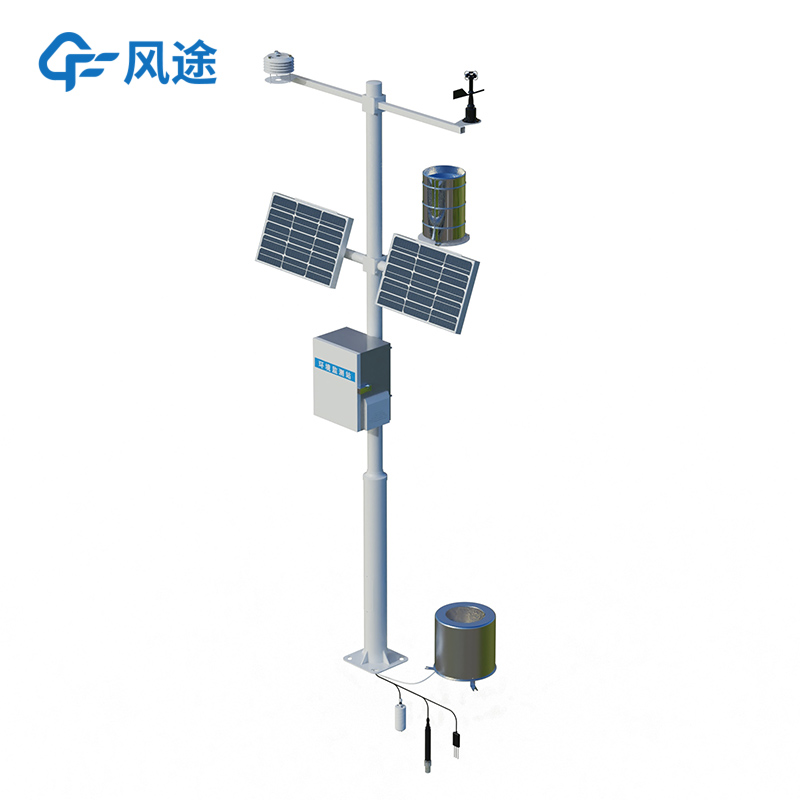The "intelligence" of agricultural meteorological stations is first reflected in their ability to automatically collect and integrate multi-dimensional data. By deploying a variety of high-precision sensors, they can automatically and real-time acquire multi-dimensional data in farmland environments, such as air temperature, humidity, light intensity, wind speed, wind direction, rainfall, soil temperature and humidity, soil electrical conductivity, and carbon dioxide concentration. They can achieve all-weather continuous monitoring without manual intervention, and perform standardized processing and centralized storage of various data to form structured farmland environment datasets, providing comprehensive and real-time basic information support for agricultural production decisions.
Secondly, their intelligence is manifested in data-based intelligent analysis and early warning prediction functions. The system can use preset agricultural meteorological models and algorithms to conduct in-depth analysis of the collected multi-dimensional data. For example, by combining temperature, humidity, light and other data with the growth cycle characteristics of crops, it can predict the probability and trend of pest and disease occurrences, or predict the impact of extreme weather on crops based on changes in meteorological elements. The system can set various data thresholds. When a monitored indicator exceeds the normal range, it automatically triggers an early warning mechanism, and timely notifies farmers via text messages, APP pushes, etc., so that they can take pre-emptive measures to reduce production risks.
Finally, the intelligence of agricultural meteorological stations is also reflected in their linkage and control capabilities with agricultural production equipment. Through IoT technology, they can achieve interconnection with irrigation systems, greenhouse ventilation equipment, sunshade nets, fertilization equipment, etc., in farmland, and automatically adjust the operating status of equipment according to real-time monitoring data and preset control strategies. For example, when the soil humidity is lower than the set threshold, the drip irrigation system is automatically turned on; when the light intensity is too high, the sunshade net is automatically lowered. This realizes adaptive adjustment of the farmland environment, reduces manual intervention costs, and improves the refinement and automation level of agricultural production.

Article address:https://www.sqqx.net/en/news/655.html

 +86 15898932201
+86 15898932201



